At any given time during the last 100 years there has arguably been one car that has defined effortless luxury, and has remained the pinnacle of engineering excellence and highly skilled craftsmanship, and that is the Rolls-Royce Phantom.
The Rolls-Royce of Rolls-Royces, if you will, the Phantom has also played a rather large part in shaping the world around it, being used as a symbol of authority by world leaders, royalty and military commanders, and a symbol of success by celebrities and cultural icons over its eight generations.
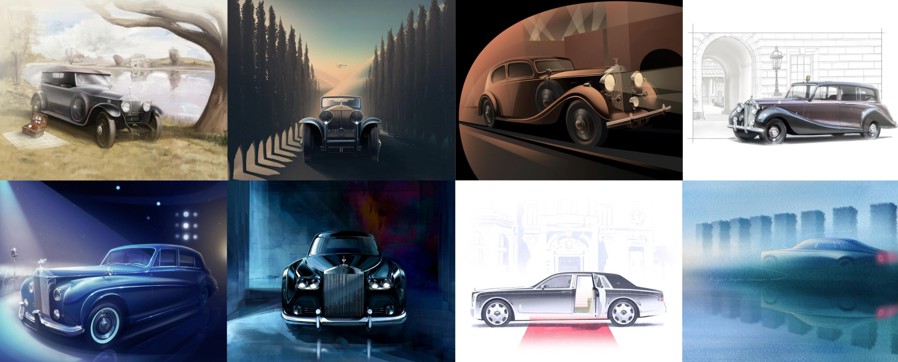
To celebrate the centenary, Rolls-Royce has had its designers create a series of original artworks paying tribute to its cultural impact through the decades, with the company saying that the artworks "echo a historical precedent dating back to 1910", when the artist Charles Sykes – who would later create the Spirit of Ecstasy mascot – was commissioned to produce six original oil paintings for the Phantom's 80-page catalogue.
The company says the artworks illustrate just how much its client profile has diversified over the past century, and has recounted the history of a number of iconic Phantom owners to drive that point home.

A STATEMENT OF AUTHORITY
One of the great commanders of the Second World War, Field Marshal Bernard Law Montgomery, 1st Viscount Montgomery of Alamein, was commonly known as 'Monty', but he also picked up the nickname ‘the Spartan General’ for his austere lifestyle. However, Monty's sole concession to comfort was in his personal transport; a pair of Phantoms.
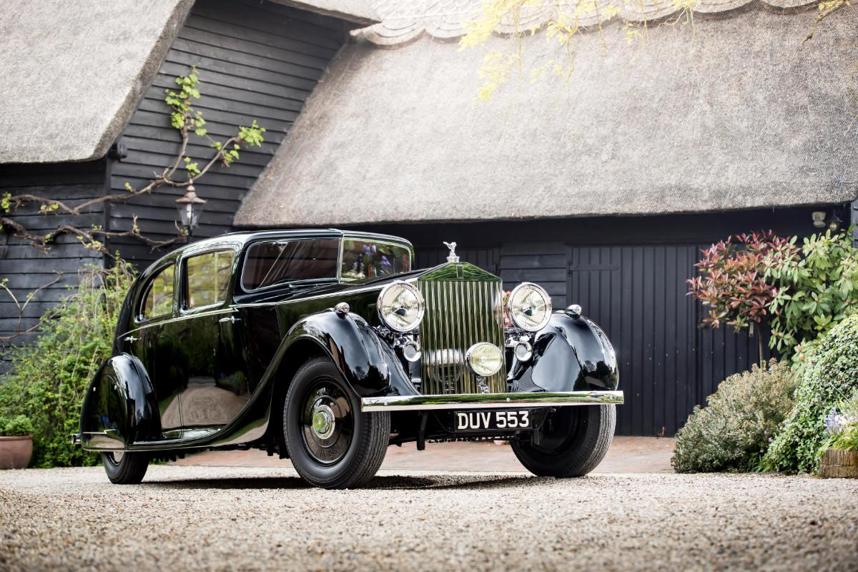
His day-to-day transport was a 1936 Phantom III with coachwork by Freestone & Webb. In the build-up to D-Day in June 1944, he used it to transport Winston Churchill, General Eisenhower and even King George VI to planning sessions at the Supreme Headquarters Allied Expeditionary Force in Southwick House, Hampshire.
Montgomery also made use of the ‘Butler’ Phantom III, assigned to the Chief of the Imperial General Staff. So named because it was originally commissioned for Alan Samuel Butler, Chairman of the De Havilland Aircraft Company, its most distinctive feature was a front-sloping windscreen that made the it 15 percent more aerodynamic. Montgomery eventually bought the 'Butler' in 1958 and kept it until 1963, during which time it carried many passengers including the Prime Ministers of Canada, Australia and New Zealand.
THE ROYAL STANDARD
In 1948, the Duke of Edinburgh, newly married to Princess Elizabeth, paid a visit to Rolls-Royce and was loaned an experimental car with a newly designed straight-eight 5.3-litre engine nicknamed ‘the Scalded Cat’ by test drivers.
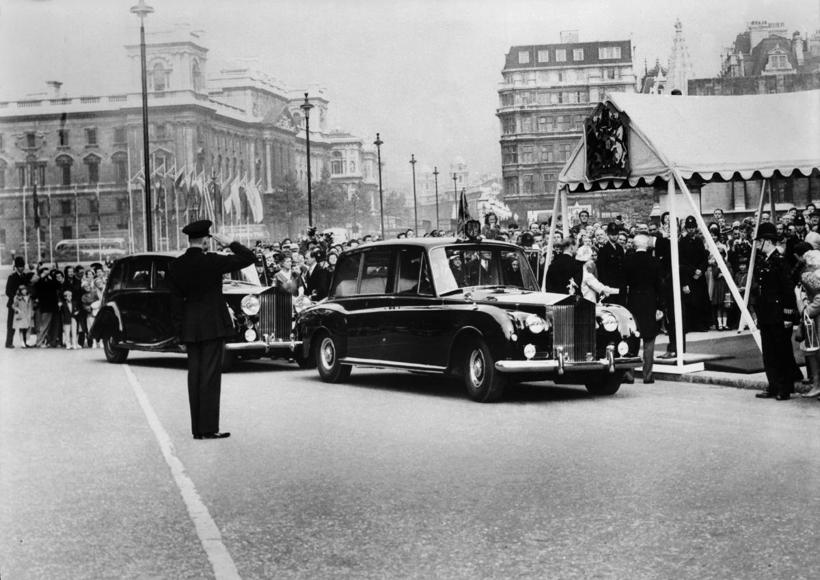
Following his drive, he asked if the company could create a more formally bodied car for royal use and the first Rolls-Royce Phantom IV chassis was laid down. To preserve secrecy during its creation, it was given the code name "Maharajah of Nabha" and remains in active service at the Royal Mews under the name Maharajah to this day.
The British Royal Family subsequently commissioned another Phantom IV, two Phantom Vs, and two Phantom VIs to convey the sovereign.
A PHANTOM FOR A BEATLE
Not every Phantom was destined for royal service however, and some would come to symbolise an entirely different kind of cultural power - in December 1964, Britain’s "disruptor-in-chief", John Lennon, rewarded himself for the success of The Beatles’ A Hard Day’s Night by commissioning a totally blacked-out Phantom V.

Insisting that it should be black everywhere, inside and out, Lennon's Phantom V was one of the first cars in Britain to have blacked-out windows, made from darkened, reflective Triplex Deeplight glass.
Lennon told a Rolling Stone interviewer in 1965, these were not only for privacy: "It’s partly that, but it’s also for when you’re coming home late. If it’s daylight when you’re coming home, it’s still dark inside the car – you just shut all the windows and you’re still in the club,” he told the publication.
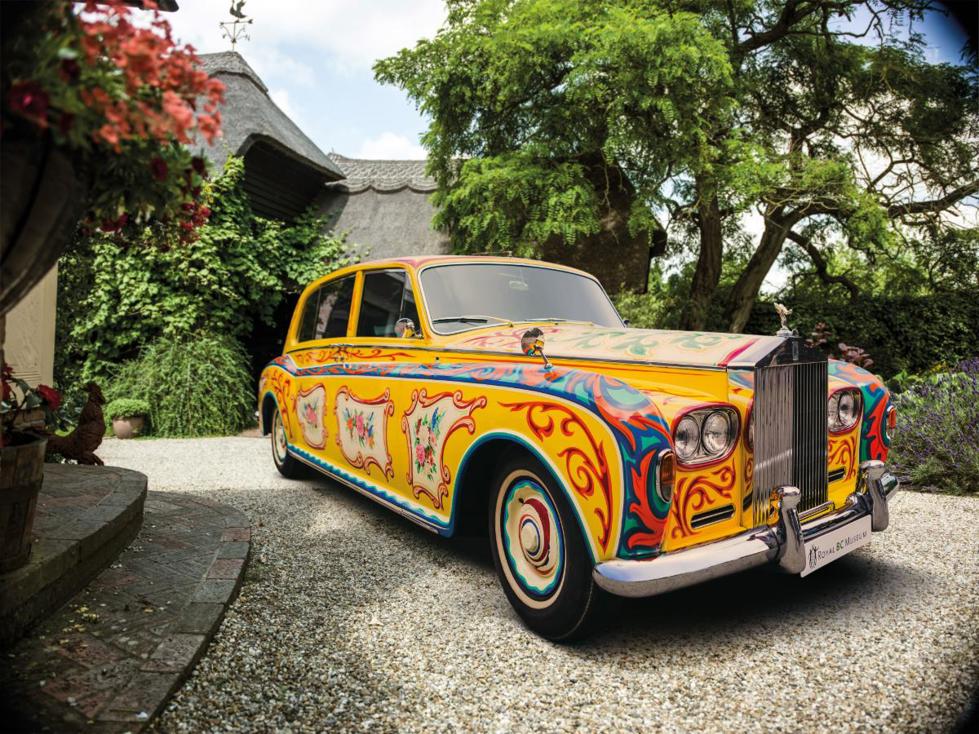
But this would not be this particular Phantom’s most famous iteration, as in May 1967, just days before the release of Sgt. Pepper’s Lonely Hearts Club Band, Lennon's Phantom was reborn. Inspired by the Romany-style caravan at his home in Weybridge, Lennon has the once-black Phantom repainted in vibrant yellow and covered with swirling, floral motifs and zodiac symbols.
Not everyone approved of the new look, however, as in what is probably the most British act of vandalism ever ever, Lennon claimed that an outraged woman shouted, “How dare you do that to a Rolls-Royce!” before attacking the car with her umbrella.
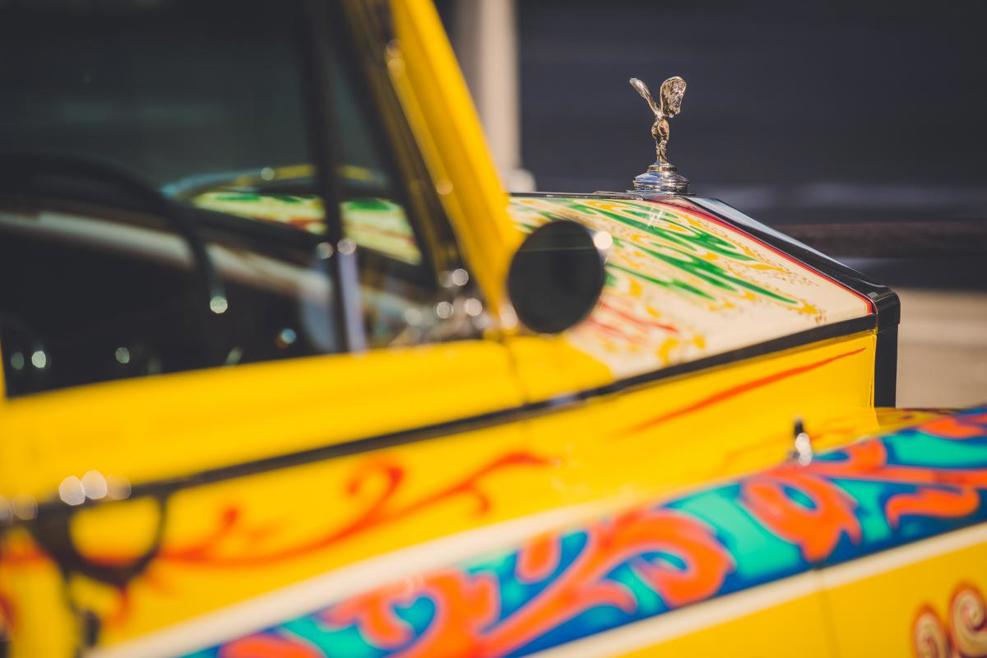
Lennon’s Phantom moved with him to New York in 1971, where it became a familiar sight on Manhattan’s Upper West Side. In 1977, he donated it to the Cooper Hewitt Museum, and when it was auctioned in 1985 sold for $2,299,000 – then a world record for any piece of rock and roll memorabilia. A year later, it was gifted to the Province of British Columbia, where it remains in the care of the Royal British Columbia Museum.
TO HOLLYWOOD AND BEYOND
The era of silent movies effectively ended in 1927 with the advent of the ‘talkies’ and among the pioneers of this new art form was the Warner Brothers studio, whose co-founder Jack Warner was a Phantom owner.
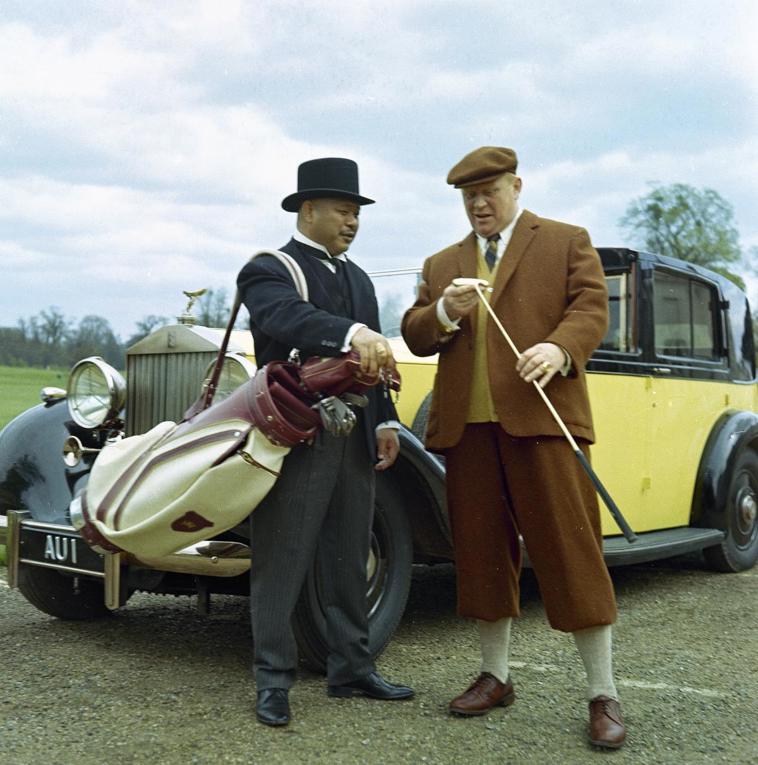
While some ‘silent’ stars like Mary Pickford – whose Phantom was famously fitted with a hidden compartment for carrying illicit alcohol in defiance of America’s Prohibition laws – never enjoyed the same success following the introduction of synchronised sound, others like Greta Garbo and Fred Astaire effortlessly embraced the new order to become global icons. And Phantom I owners.
The Phantom would also be a star of the silver screen in its own right, with the highlight coming in 1964 when it took a leading role in one of the year’s major movie releases - the third James Bond movie, Goldfinger, in which the eponymous villain uses his black-and-yellow 1937 Phantom III Sedanca de Ville to smuggle gold over the Furka Pass to his mountain lair.
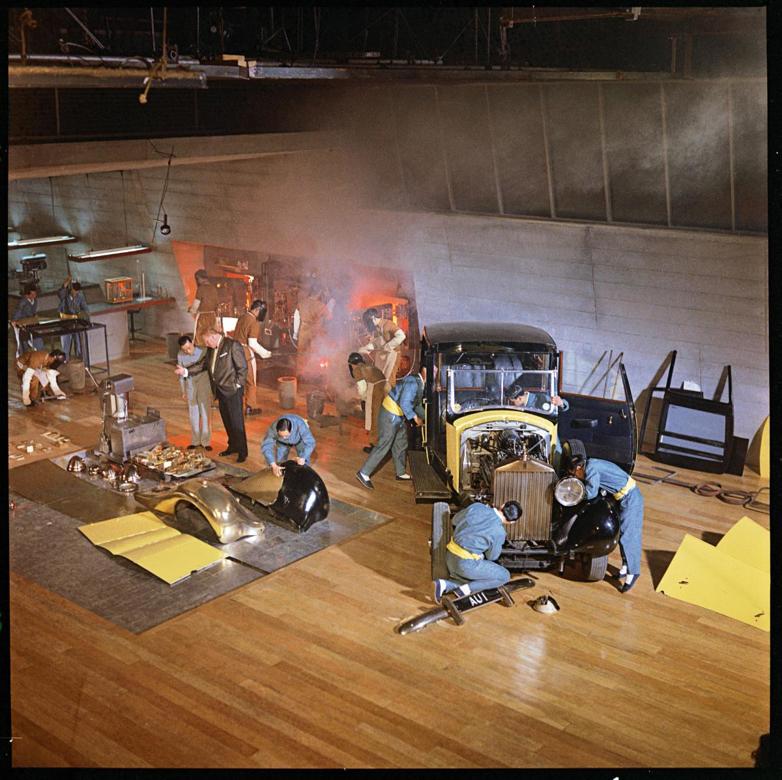
This would be one of 12 appearances by Rolls-Royces in the long-running 007 franchise, and in 2024, the company commemorated the 60th anniversary of the film’s release with Phantom Goldfinger, a one-of-one Bespoke Phantom VIII, replicating the original’s distinctive finish and with film-inspired details.
FIT FOR A KING
Combining the world of entertainment and royalty, there was another king who was something of a Phantom fan - the King of Rock and Roll himself, Elvis Presley.
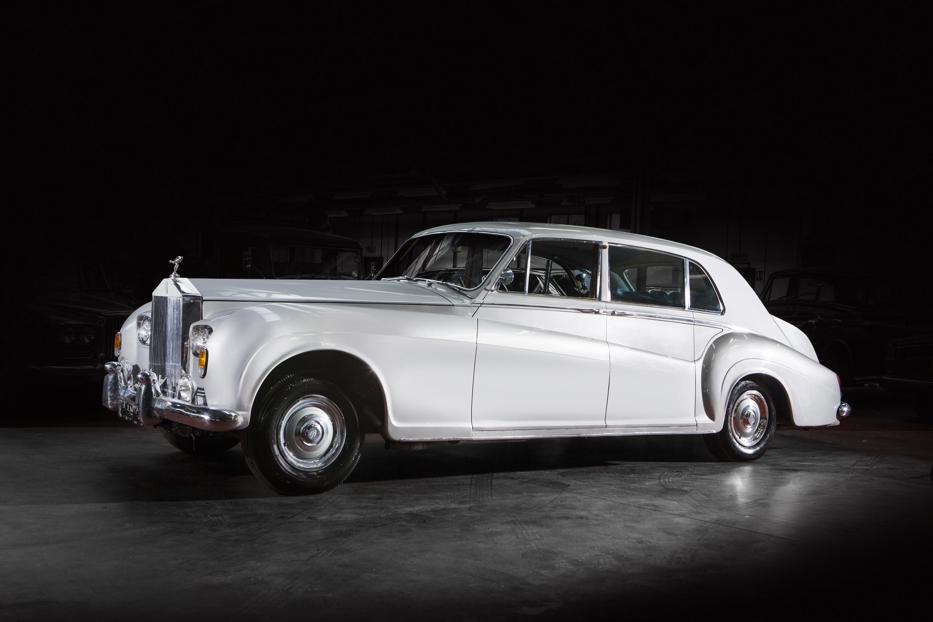
A well-known car-lover, Elvis bought his first Phantom - a Phantom V with coachwork by James Young - in 1962. Appropriately rock’n’roll extras included a high fidelity Blaupunkt Köln stereo system, Firestone whitewall tyres, a telephone and a rear armrest containing a writing pad, mirror and clothes brush.
While it was originally delivered in Midnight Blue with a grey cloth interior, Elvis had it repainted after his mother’s chickens started pecking at their reflections in the mirror-polish finish. The lighter Silver Blue he had it painted in reportedly didn’t show the blemishes in the paintwork.
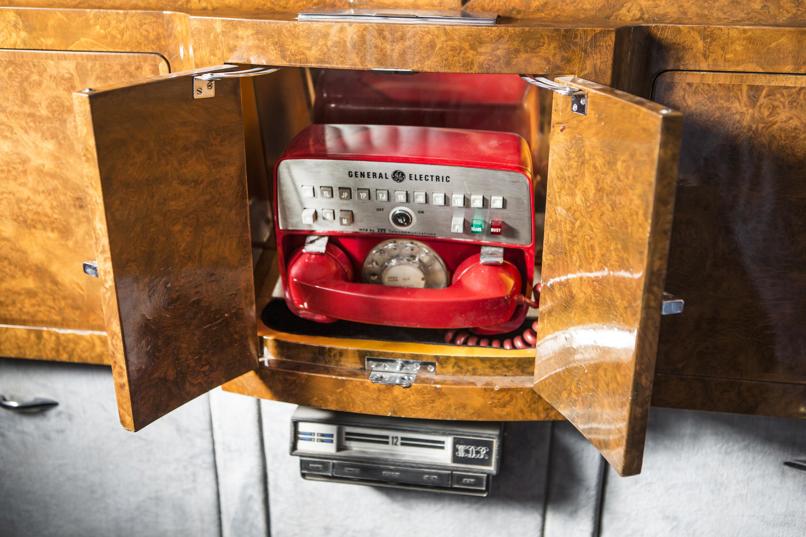
In 1968, Elvis donated his Phantom to a charity – an act which later inspired the song Elvis’s Rolls-Royce by Leonard Cohen and Was (Not Was).
ENTERING THE SOCIAL MEDIA AGE
In recent years the Phantom has continued to be an aspirational touchpoint, experiencing a new wave of exposure via social media; the Phantom VII launched in 2003 at the very beginnings of what would eventually be called "social media" and quickly made an impact on the burgeoning platforms. It is, after all, a car to be seen in, and thanks to social media platforms like YouTube, Instagram and TikTok, the new wave of Phantom buyers could be – by millions of people around the world.

Whether making cameo appearances in music videos from Snoop Dogg, Pharrell and Drake, being represented in cultural institutions like the Saatchi Gallery and the Serpentine, or serving as a "collaborative canvas" for brands including Hermès and Iris van Herpen, Rolls-Royce says the Phantom continues to be "the ultimate expression of presence, purpose and personal legacy."
"For 100 years, it [the Phantom] has stood at the pinnacle of all Rolls-Royce motor cars – a cultural phenomenon that both reflects and influences the world around it," says Chris Brownridge, Chief Executive, Rolls-Royce Motor Cars.
"Beyond status, it has always offered its owners a canvas for personal expression, transformed through Bespoke craftsmanship into a moving work of art. Across music, politics, art and beyond, Phantom has been present at many of history’s defining moments. The stories that surround it – and the images they’ve inspired our designers to create – reveal its extraordinary reach, and its enduring connection to greatness."
































